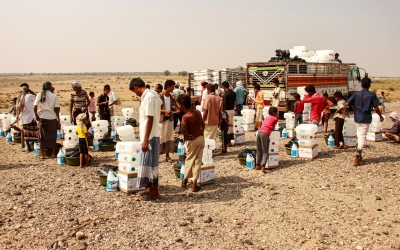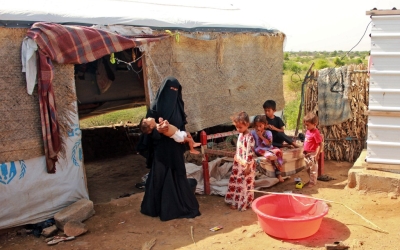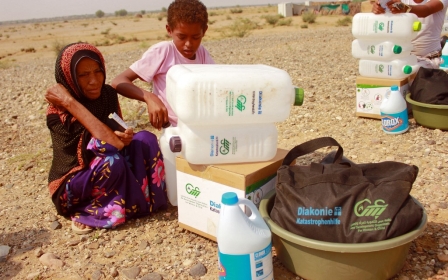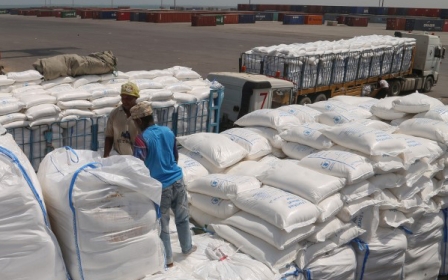More than 10 million children at risk of famine in 2021: Unicef
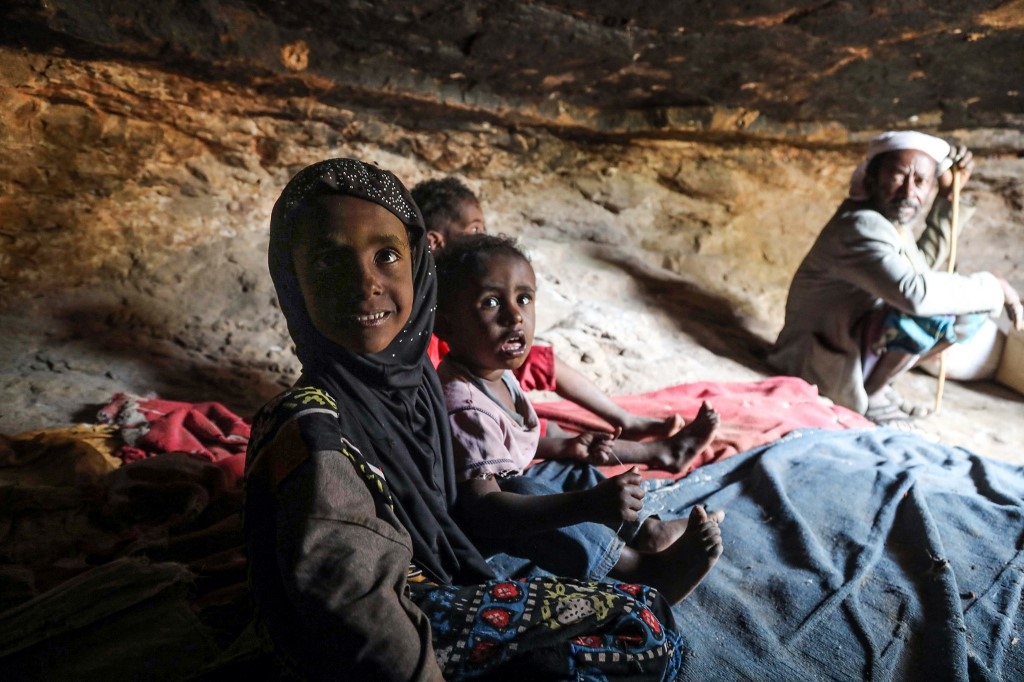
Almost 1o.4 million children will suffer from acute malnutrition and famine in the coming year amid prolonged conflicts, internal displacement and the coronavirus pandemic, a UN report says.
The United Nations International Children's Emergency Fund (Unicef) said in a report released on Wednesday that many children in the Democratic Republic of the Congo, northeast Nigeria, the Central Sahel, South Sudan and Yemen are on the brink of starvation.
New MEE newsletter: Jerusalem Dispatch
Sign up to get the latest insights and analysis on Israel-Palestine, alongside Turkey Unpacked and other MEE newsletters
The consequences of conflict and other humanitarian crises have been intensified by the Covid-19 pandemic, sending already dire conditions into a tailspin likely to result in widespread famine, the group said.
"The impacts of this pandemic will be felt for years to come, but it's already clear that Covid-19 has exacerbated poverty and inequality in conflict-affected countries, adding massive pressure to already overwhelmed social and health systems," the report said.
An increase in families without homes has also been documented, in addition to those who cannot afford the basic needs of food and water.
Dire outlook in Yemen
Yemen in particular remains the world's worst humanitarian crisis.
Ongoing fighting between the internationally recognised government backed by Saudi Arabia's military coalition and the Iran-aligned Houthi movement has led to widespread economic collapse and a breakdown in national systems.
As a result, at least 12.4 million Yemeni children are in need of humanitarian assistance, with about 358,000 suffering from severe malnourishment, the report said.
Unicef noted that, as in other conflict zones, the outbreak of Covid-19 has acutely compounded the suffering in Yemen. But the greater need for aid in 2020 was largely met with shortfalls, even when compared to previous years when there was not a global pandemic.
About 80 percent of Yemen's total population relies on humanitarian aid to survive, but fundraising efforts have barely met half the required donations leading aid groups, including Unicef, have benchmarked.
The vast majority - 70 percent - of the $576.9m funding requirements Unicef estimated for next year in Yemen are earmarked to go towards the basic needs of water, sanitation and hygiene, and health and nutrition, the group said in its 2021 appeal for the country.
"Earning opportunities have dried up, health services have been stretched to the limits and travel restrictions have compromised access to markets" in Yemen, Wednesday's report highlighted.
"Millions of parents are being left to make the gut-wrenching choice between food and medical care for their children."
In 2021, Unicef plans to admit and treat more than 289,000 children in Yemen for severe acute malnutrition.
According to a UN Integrated Food Security Phase Classification (IPC) analysis of south Yemen, acute malnutrition cases in children under five increased by about 10 percent in 2020 to more than half a million.
'Imminent danger'
Cases of children with severe acute malnutrition increased 15.5 percent, and at least a quarter-million pregnant or breastfeeding women also need malnutrition treatment.
During the past five years, the war in Yemen has caused more than 100,000 deaths as well as the destruction of civilian infrastructure including schools and hospitals.
Humanitarian groups have long warned of disaster, with funding shortfalls and political posturing making the conflict worse.
In November, UN Secretary-General Antonio Guterres warned that Yemen was in "imminent danger of the worst famine the world has seen for decades". He said that mass starvation may kill millions of people in the war-torn country.
Months earlier, USAID halted millions of dollars of assistance to north Yemen - citing "unacceptable interference" by the Houthi rebels that control the region. That aid has yet to be reinstated.
Meanwhile, the UN's World Food Programme (WFP) earlier this month said it needed at least $1.9bn in 2021 to provide the minimum amount of food assistance needed to prevent widespread famine.
"This would provide survival rations to 13 million people with most getting only half their daily ration (1,100 kcal) and the most vulnerable getting four-fifths of their daily calorific needs," a spokesperson for the agency told MEE at the time.
"With current available funds, WFP is unable to even meet this level of assistance. WFP is short US $442m for the next six months (December 2020 to May 2021)."
Middle East Eye delivers independent and unrivalled coverage and analysis of the Middle East, North Africa and beyond. To learn more about republishing this content and the associated fees, please fill out this form. More about MEE can be found here.



